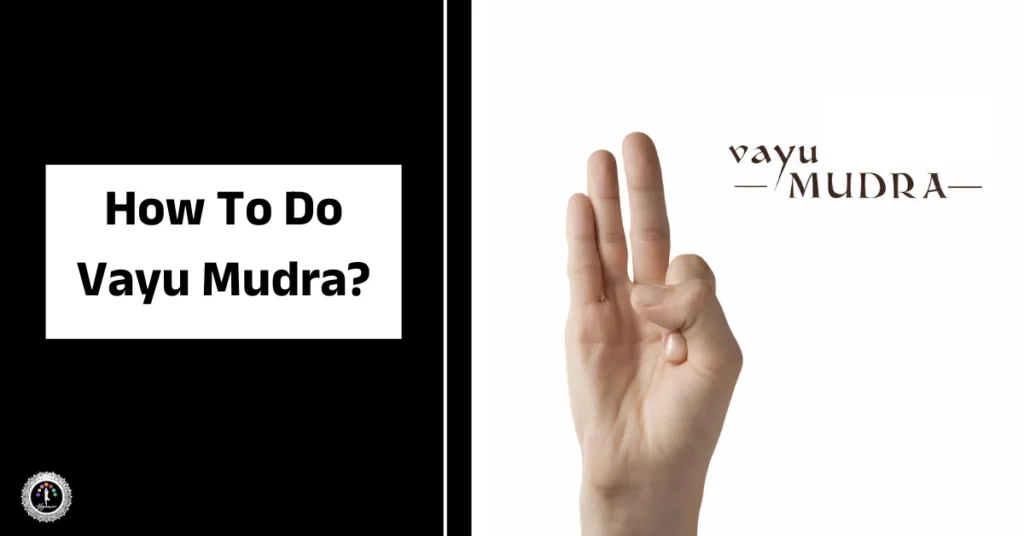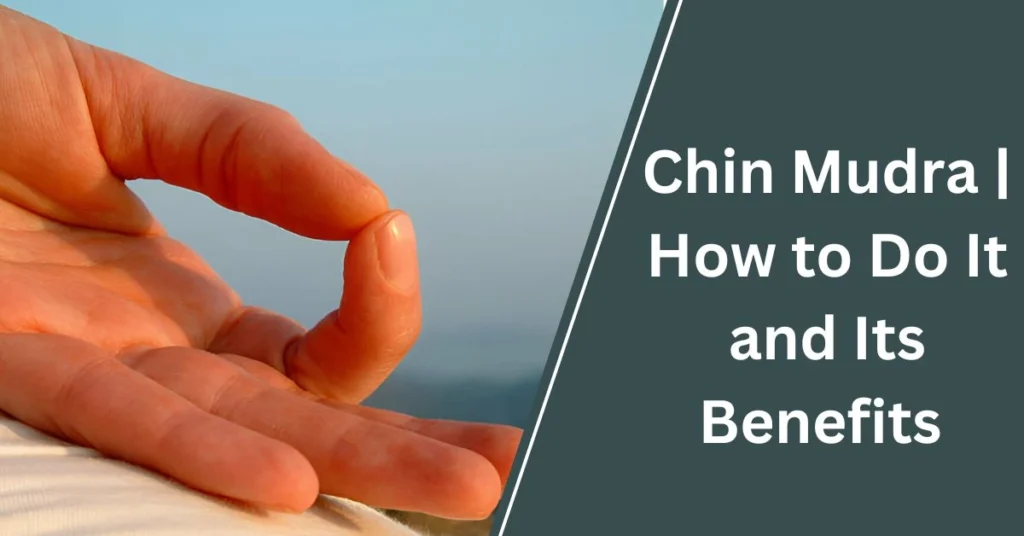Ever feel like your mind just won’t slow down—like there’s a constant buzz of thoughts, distractions, and to-do lists spinning around in your head? That’s where Dhyana Mudra steps in—a simple, powerful hand gesture that helps quiet the noise and bring you back to center. You’ve probably seen it in meditation photos or Buddha statues without realizing its deeper meaning. But once you learn how to use it consciously, it can become your go-to tool for calm, clarity, and focused meditation.
In this blog, we’re diving into what Dhyana Mudra really means, why it’s so important in meditation, and—most importantly—how you can start using it in your own daily routine, no matter your age or experience.
- What is Dhyana Mudra?
- Dhyana Mudra Hand Position
- How to Do Dhyana Mudra (Step-by-Step Guide)
- Dhyana Mudra in Meditation: Why It's Powerful
- What Are The Benefits Of Dhyana Mudra?
- When and How Long Should You Practice It?
- Dhyana Mudra in Buddha Statues: A Symbol of Awakening
- Dhyana Mudras for Meditation: Are There Variations?
- Conclusion
What is Dhyana Mudra?
Before jumping into the how-to, let’s first understand the dhyana mudra meaning. The term “Dhyana” translates to meditative absorption or contemplation. “Mudra” means gesture or seal. So together, Dhyana Mudra becomes the gesture of meditation. It’s a symbolic representation of finding balance within—between mind and body, thoughts and breath, self and stillness.
You’ll often see this mudra in images or idols of Buddha, particularly during long hours of seated meditation. That’s why it’s also referred to as the Dhyana Mudra Buddha Pose.
Dhyana Mudra Hand Position
The dhyana mudra position is formed by placing both hands in your lap. The right hand rests on top of the left hand, and both palms face upwards. The thumbs lightly touch each other, forming a triangle or oval-like shape.
This triangle represents the union of wisdom and compassion, or the coming together of physical and spiritual energy. The simplicity of the pose is part of its magic—no complexity, no pressure, just presence.
How to Do Dhyana Mudra (Step-by-Step Guide)
Alright, ready to try it out? Here’s a gentle breakdown of the dhyana mudra steps.
- Sit cross-legged on a mat or cushion. You can also sit on a chair if that feels better. Keep your spine upright and shoulders relaxed.
- Rest your left hand on your lap, palm facing upward. Now place your right hand gently on top of the left, also palm-up. Let the tips of your thumbs meet to form an oval or triangle.
- Let your eyes close naturally. Start focusing on your breath—slow and steady. Feel your belly rise and fall. Stay here as long as you like.
Dhyana Mudra in Meditation: Why It’s Powerful
Using the dhyana mudra meditation helps signal your mind that it’s time to focus inward. The shape of your hands acts like an energetic circuit, encouraging stillness and calm.
Many practitioners say they find it easier to enter deep meditation while using this mudra. That’s because it grounds the body and helps center the mind. It’s also a gentle reminder to stay present—even when thoughts wander.
What Are The Benefits Of Dhyana Mudra?
Beyond peace and focus, there are several other dhyana mudra benefits worth noting:
- Enhances Mental Clarity: This mudra supports deep concentration, helping you focus on the present moment with greater awareness.
- Reduces Anxiety and Stress: By calming the nervous system and guiding your attention inward, it can help melt away anxious thoughts.
- Balances Energy Flow: The triangular hand shape channels prana (life energy) evenly through your body, creating emotional and energetic balance.
- Improves Posture and Stillness: When practiced regularly, it trains your body to sit still longer and with better alignment—crucial for meditation.
- Supports Spiritual Growth: Because it’s used by monks and yogis alike, the dhyana mudra is also considered sacred—bringing a sense of devotion and deeper connection.
When and How Long Should You Practice It?
The beauty of dhyana mudra yoga is that you don’t need to reserve it just for meditation.
- In your morning mindfulness session
- Before bedtime to wind down
- During yoga nidra
- Even while sitting silently at your work desk (yes, really!)
Start with 5 to 10 minutes and gradually increase the time as it feels right. There’s no “too long” when it comes to stillness.
Dhyana Mudra in Buddha Statues: A Symbol of Awakening
Ever wonder why dhyana mudra Buddha sculptures are so widely revered? They symbolize more than just calm—they represent the enlightened state of mind. The mudra reflects Buddha’s intense meditation under the Bodhi tree before attaining enlightenment. In that moment, his hands weren’t just resting—they were forming a powerful seal of inner harmony. So, each time you use this mudra, you’re tapping into a lineage of wisdom that stretches back thousands of years.
Dhyana Mudras for Meditation: Are There Variations?
Yes, there are a few subtle variations in dhyana mudras for meditation, especially depending on regional traditions. In some traditions, the thumbs form a straight horizontal line, while in others, the fingers form a soft oval. Both are correct—the intention matters more than the exact shape. You can even combine Dhyana Mudra with other practices like Gyan Mudra to amplify your focus or intentions.
Conclusion
In a world that’s always rushing, Dhyana Mudra gently reminds us to pause. It’s not just a hand position—it’s a mindset. A way to return to yourself. To find that little island of calm even when the world feels chaotic. Whether you’re new to meditation or already on a spiritual journey, incorporating this mudra can offer profound benefits, both physically and emotionally. At Yogaasan, we believe that even the smallest mindful gestures can lead to big transformations. So next time you sit to meditate, try placing your hands in Dhyana Mudra—and just breathe.




